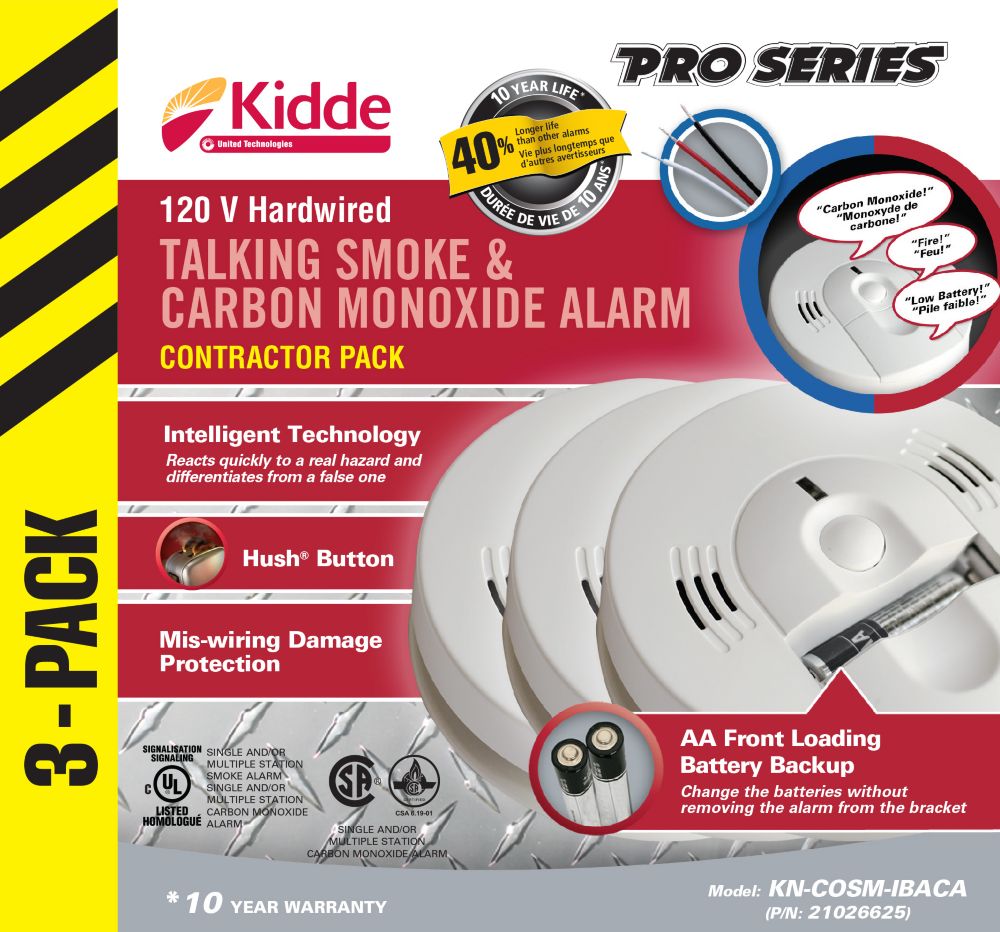

When the full charge capacity of the battery drops to less than 50% of the design capacity, you might want to consider replacing the battery. The full charge capacity drops with time. The full charge capacity of the battery will be close to the design capacity when its new. The table shows how your battery’s storage capacity has declined over time. If you scroll down the page, you will see a section called Battery capacity history. The full charge capacity is nothing but the current storage capacity of the battery. The design capacity represents the amount of charge the battery was originally designed to hold. Step 5: In the battery report, in the Installed batteries section, you can find both the design capacity as well as the full charge capacity of the battery (batteries). Step 4: Navigate to C:\Windows\system32 folder and open the battery-report.html file. Step 3: When you execute the above command, Windows 10 creates and saves a battery report to C:\Windows\System32 folder. Hit the Enter key to execute the command. Step 2: At the Command Prompt window, type the following command: To do that, type CMD in the Start/taskbar search field, right-click on the Command Prompt entry and then click Run as administrator.Ĭlick Yes button upon getting the User Account Control prompt. Step 1: Open the Command Prompt with administrator rights. Know the current capacity of battery in Windows 10Ĭomplete the given below directions to know the current storage capacity of your Windows 10 laptop or tablet battery. Fortunately, Windows 10 also includes a built-in tool which gives you this information as well as additional information about your device’s battery and its usage. There are plenty of third-party utilities around to determine the original and current capacity of batteries. When you are not getting enough battery backup on your Windows 10 device, you might want to check the current battery capacity so that you can replace the battery if the battery cannot hold at least 50% of its original capacity.

This is the primary reason why we don’t get good battery backup when using an old device. The amount of charge that they can hold reduces with time. Their capacity and performance eventually decline.

For the former option, we recommend EWEMOSI's AC portable power bank, which has a 31200mAh capacity, 100W output, and plenty of other ports besides the AC plugin.Laptop and tablet batteries, just like other rechargeable batteries, become less effective as they age. If the battery in your laptop isn't showing great life after calibration, you can always pick up a replacement battery (opens in new tab) for a relatively affordable price depending on the laptop in question.Īlternatively, you can invest in an external battery pack that you can plug into with either an AC adapter or USB-C cable. No sense in wasting battery when the device isn't in use. Now that your battery is calibrated, be sure to reset your power plan to how you had it before.

Once you're charged back up to full, your laptop should give you a much more accurate reading of how long the battery will last. Feel free to use your laptop during this time. Once your laptop's battery is completely drained and the device shuts off, you'll want to plug it back in and let it charge back to 100%. Always make sure it doesn't go to sleep or hibernate (at least until the very end), although the power settings you changed should take care of this. Now that your laptop is cooled down and the battery is fully charged, you can unplug the cable. Depending on your laptop and battery, this can take up to a few hours. When it's completely charged, leave it plugged in and wait for the battery to cool down. Now that the power settings are taken care of, you want to charge your laptop's battery up to 100%.


 0 kommentar(er)
0 kommentar(er)
